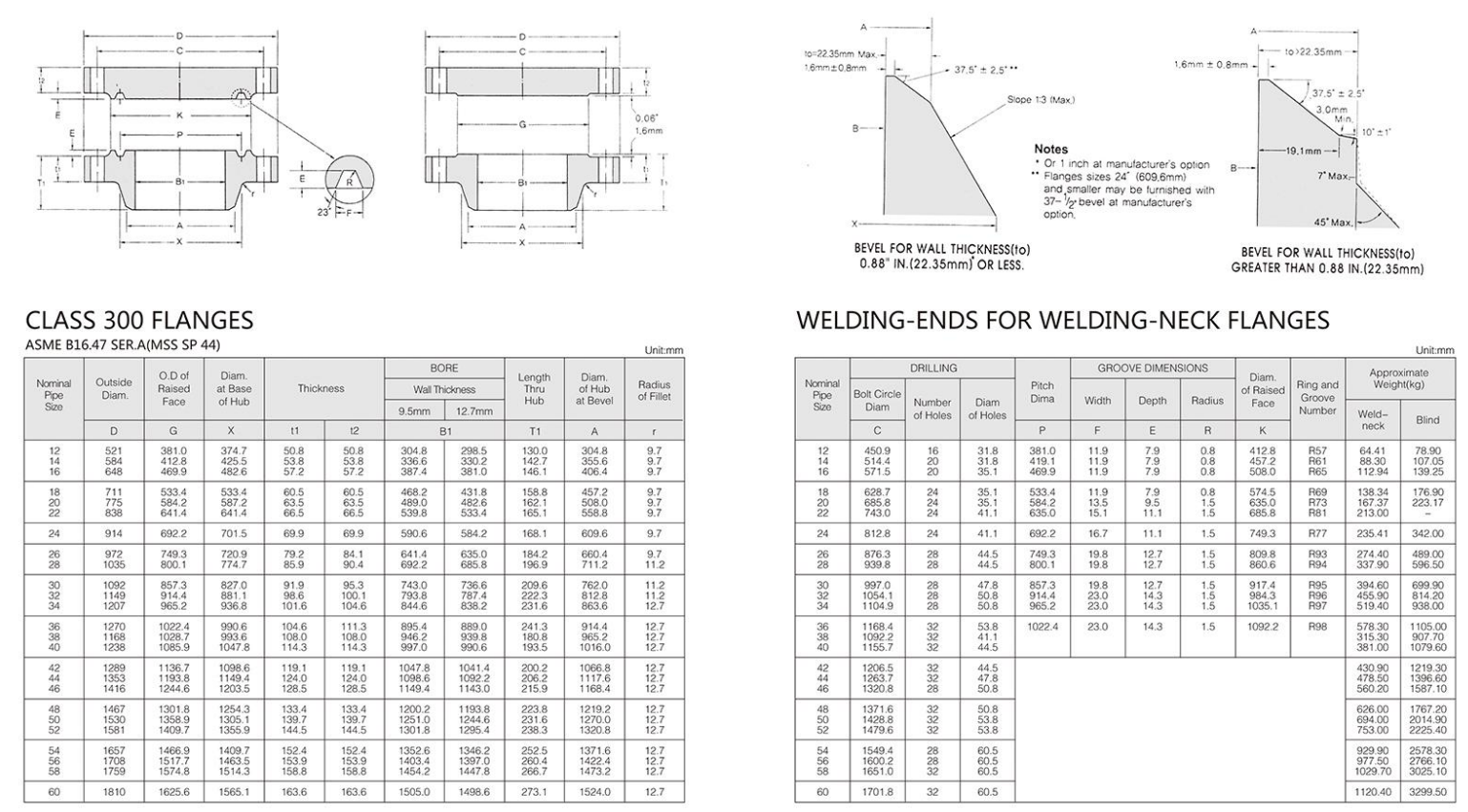-
Cangzhou Yulong Steel Co., Ltd.
-
Phone:
+86 13303177267 -
Email:
admin@ylsteelfittings.com
- English
- Arabic
- Italian
- Spanish
- Portuguese
- German
- kazakh
- Persian
- Greek
- French
- Russian
- Polish
- Thai
- Indonesian
- Vietnamese
- Zulu
- Korean
- Uzbek
- Hindi
- Serbian
- Malay
- Ukrainian
- Gujarati
- Haitian Creole
- hausa
- hawaiian
- Hebrew
- Miao
- Hungarian
- Icelandic
- igbo
- irish
- Japanese
- Javanese
- Kannada
- Khmer
- Rwandese
- Afrikaans
- Albanian
- Amharic
- Armenian
- Azerbaijani
- Basque
- Belarusian
- Bengali
- Bosnian
- Bulgarian
- Catalan
- Cebuano
- China
- China (Taiwan)
- Corsican
- Croatian
- Czech
- Danish
- Esperanto
- Estonian
- Finnish
- Frisian
- Galician
- Georgian
- Kurdish
- Kyrgyz
- Lao
- Latin
- Latvian
- Lithuanian
- Luxembourgish
- Macedonian
- Malgashi
- Malayalam
- Maltese
- Maori
- Marathi
- Mongolian
- Myanmar
- Nepali
- Norwegian
- Norwegian
- Occitan
- Pashto
- Dutch
- Punjabi
- Romanian
- Samoan
- Scottish Gaelic
- Sesotho
- Shona
- Sindhi
- Sinhala
- Slovak
- Slovenian
- Somali
- Sundanese
- Swahili
- Swedish
- Tagalog
- Tajik
- Tamil
- Tatar
- Telugu
- Turkish
- Turkmen
- Urdu
- Uighur
- Welsh
- Bantu
- Yiddish
- Yoruba

Dec . 11, 2024 20:20 Back to list
Understanding ASTM A333 Grade 6 Pipe Specifications and Applications in Low-Temperature Conditions
Understanding ASTM A333 Gr. 6 A Critical Standard for Low-Temperature Applications
ASTM A333 Grade 6 is a widely recognized standard that governs the specification for seamless and welded steel pipe intended for use in low-temperature service. With the increasing demand for materials that perform reliably under severe conditions, understanding the properties and applications of ASTM A333 Gr. 6 is crucial for engineers, manufacturers, and end-users in industries such as oil and gas, power generation, and cryogenics.
Chemical Composition and Mechanical Properties
The significance of ASTM A333 Gr. 6 lies in its specific chemical composition, which consists primarily of carbon steel with varying amounts of manganese, phosphorus, sulfur, and silicon. The standard specifies a carbon content maximum of 0.30%, facilitating enhanced weldability and toughness, essential for pipes employed in low-temperature environments.
In terms of mechanical properties, ASTM A333 Gr. 6 pipe is required to meet specific tensile and yield strength thresholds. The minimum yield strength is typically around 35 ksi (240 MPa), while the minimum tensile strength is approximately 60 ksi (414 MPa). These characteristics ensure that the material can withstand significant pressure and resist failure when subjected to the rigorous demands of low-temperature applications.
Impact Toughness
One of the critical requirements for ASTM A333 Gr. 6 is its impact toughness at low temperatures. The standard requires tests to determine the Charpy impact value, ensuring that the material can absorb energy without fracturing. This characteristic is particularly vital in industries operating in arctic or cryogenic conditions, where steel is prone to brittle fracture if not properly formulated. The required minimum Charpy V-notch impact energy is generally around 20 ft-lb at -50°F (-45°C), showcasing the material’s ability to maintain performance even in the most challenging environments.
Welding and Fabrication
astm a333 gr 6

Another important aspect of ASTM A333 Gr. 6 is its weldability. The low carbon content facilitates various welding techniques, making it a preferred choice for fabrications where different components need to be joined together seamlessly. However, proper welding procedures are essential to ensure that the integrity of the pipe is maintained, particularly in low-temperature service. Preheating and post-weld heat treatment may be necessary to minimize the risk of cracking and to promote optimal mechanical properties post-welding.
Applications
The applications of ASTM A333 Grade 6 are diverse and critical. It is commonly used in the manufacturing of pipelines for the transport of natural gas and other gases at low temperatures, which is essential for meeting the demands of an ever-evolving energy landscape. Additionally, it finds its place in the construction of pressure vessels, valves, and fittings that operate in low-temperature environments, ensuring that the integrity and safety of these systems are upheld.
In the nuclear power industry, ASTM A333 Gr. 6 is frequently utilized in piping systems that require materials capable of withstanding subzero temperatures. The material’s resilience and toughness make it suitable for the challenging operating conditions found in this sector.
Compliance and Quality Assurance
Compliance with the ASTM A333 Gr. 6 specification is critical for manufacturers and suppliers to ensure that the pipes produced meet the necessary safety and performance standards. Routine inspections and non-destructive testing (NDT) are often employed to verify the properties and integrity of the pipes. Adherence to the ASTM standard not only provides assurance of quality but also helps avoid costly failures and maintenance issues down the line.
Conclusion
In conclusion, ASTM A333 Grade 6 is an indispensable standard in the field of low-temperature applications. Its unique properties, including chemical composition, mechanical strength, and impact toughness, make it a reliable choice for industries requiring materials that can withstand harsh conditions. Understanding this standard allows engineers and manufacturers to make informed decisions about material selection, ultimately contributing to the safety and efficiency of their operations. As industries continue to push the boundaries of technology and performance, ASTM A333 Gr. 6 will remain a critical component in ensuring safe and effective engineering solutions.
Latest news
-
ANSI 150P SS304 SO FLANGE
NewsFeb.14,2025
-
ASTM A333GR6 STEEL PIPE
NewsJan.20,2025
-
ANSI B16.5 WELDING NECK FLANGE
NewsJan.15,2026
-
ANSI B16.5 SLIP-ON FLANGE
NewsApr.19,2024
-
SABS 1123 FLANGE
NewsJan.15,2025
-
DIN86044 PLATE FLANGE
NewsApr.19,2024
-
DIN2527 BLIND FLANGE
NewsApr.12,2024
-
JIS B2311 Butt-Welding Fittings LR/SR 45°/90° /180°Seamless/Weld
NewsApr.23,2024











